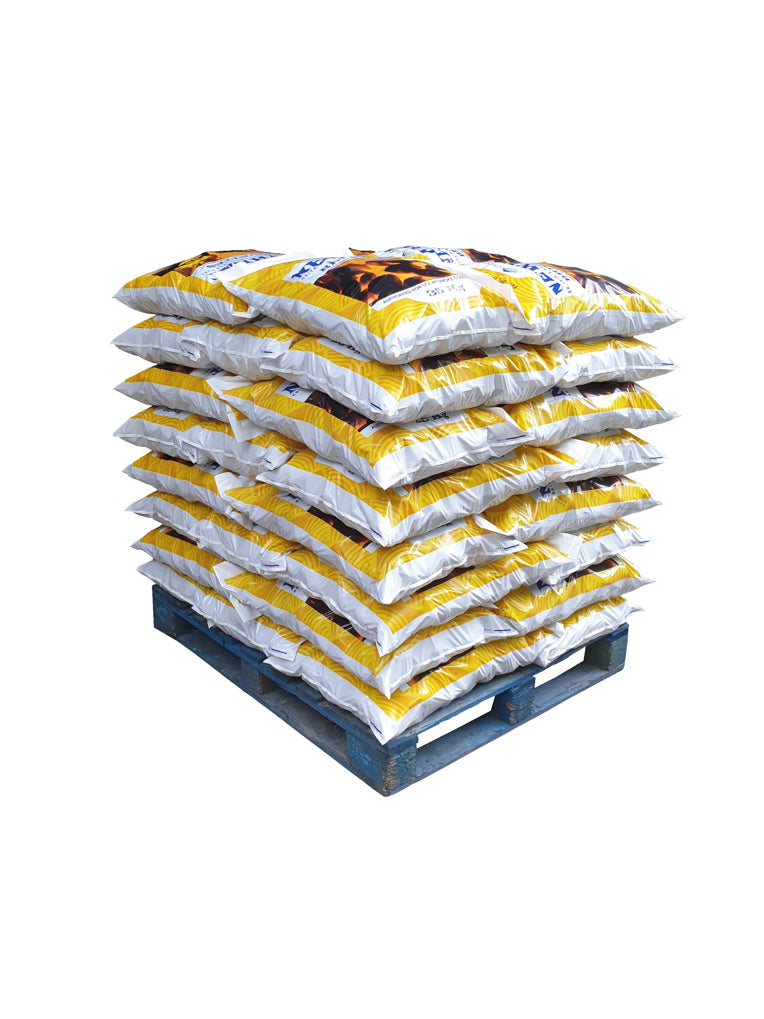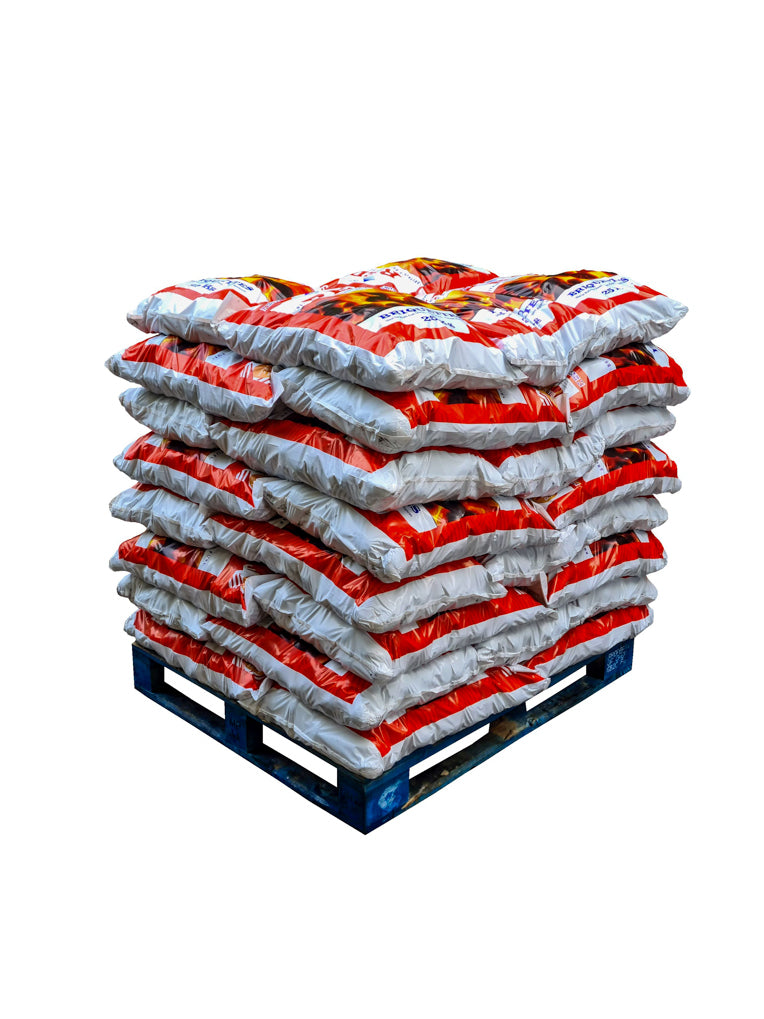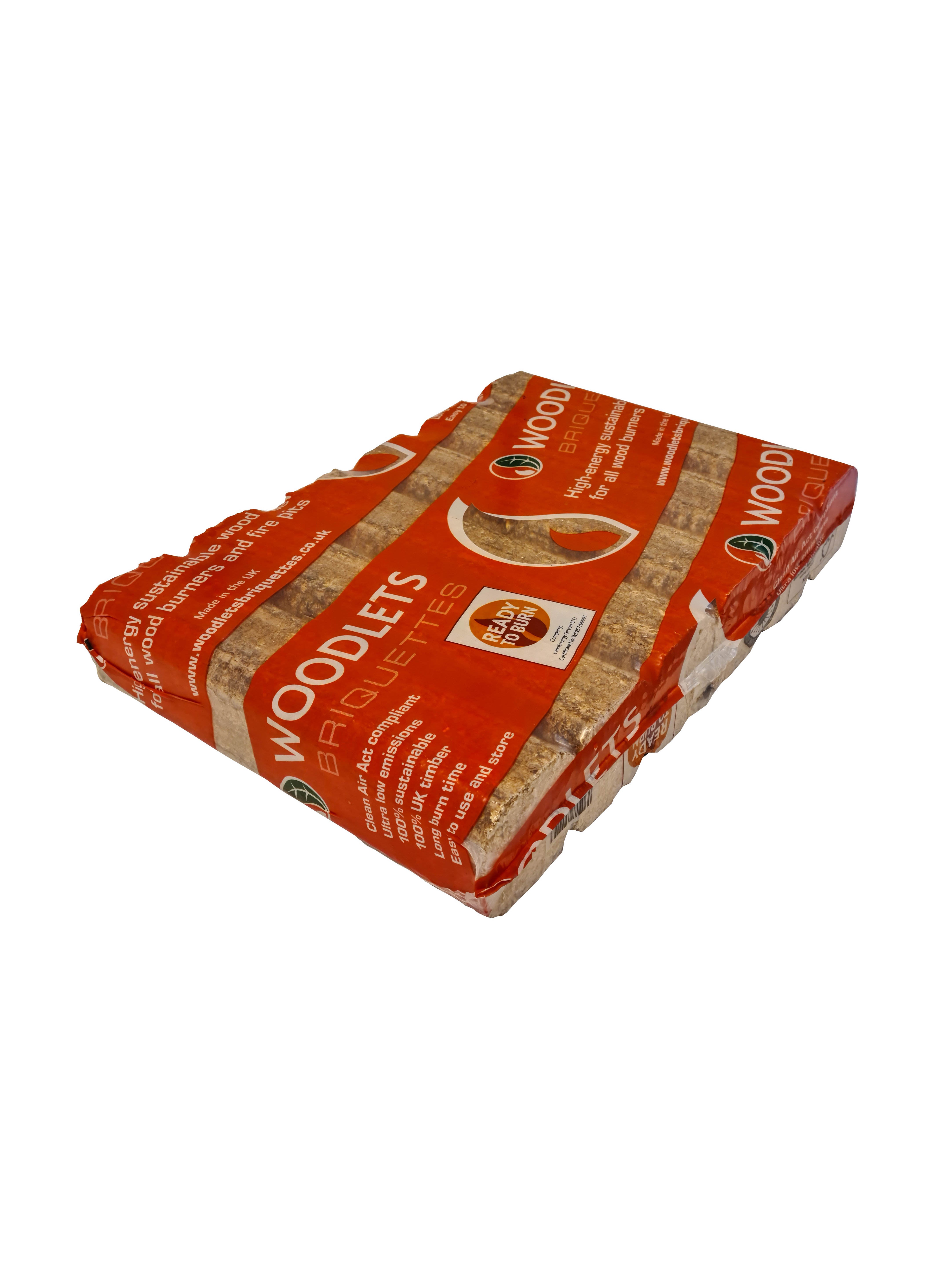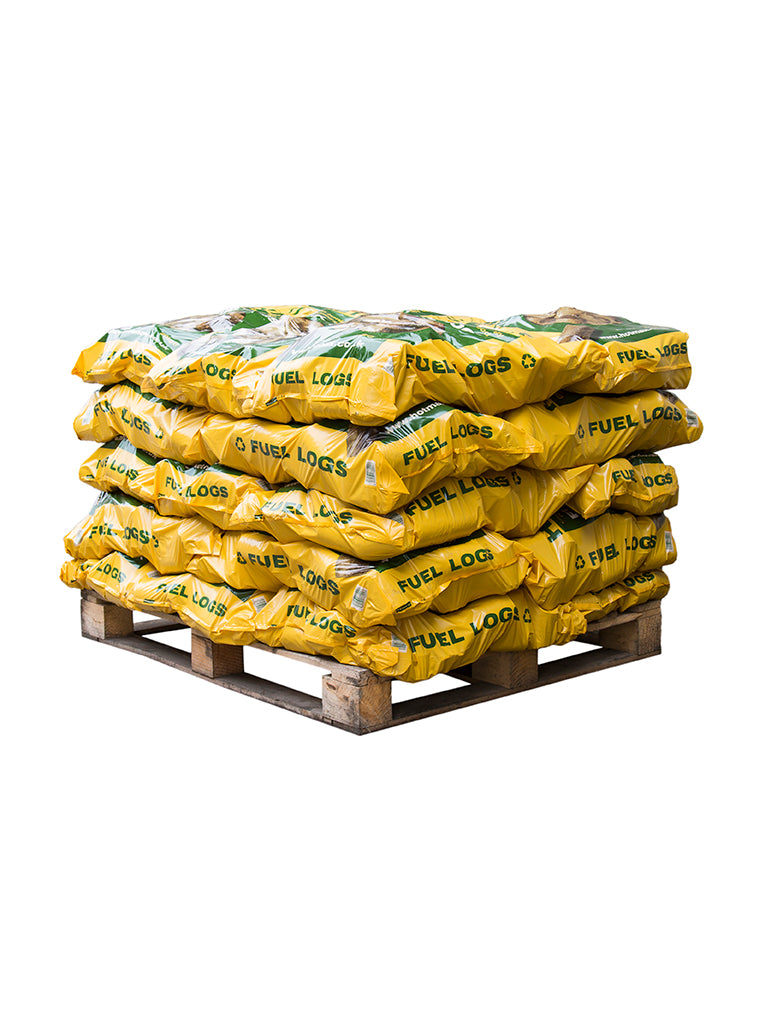For owners of multi-fuel stoves, one question comes up time and time again: “Can I burn wood and smokeless fuel at the same time?” The answer is a resounding yes, you can—and when done correctly, it can give you a superior fire that combines the best qualities of both fuels.
However, it's crucial to understand the right technique. Simply throwing both fuel types into your stove together can lead to an inefficient, smoky fire. This guide will show you the correct way to combine smokeless fuel and kiln-dried logs for the ultimate winter warmth.
Why Combine Smokeless Fuel and Wood?
Mixing these two fuels in your multi-fuel stove isn't just possible; it's beneficial. It allows you to create a fire that is greater than the sum of its parts.
-
The Roaring Flame of Wood: Kiln-dried logs catch fire quickly and produce a beautiful, lively, and welcoming flame. They provide that immediate, radiant heat and the cosy atmosphere everyone loves.
-
The Lasting Glow of Smokeless Fuel: High-quality smokeless fuels are incredibly dense. They burn for a very long time, providing a consistent, high-temperature core of heat that can last for hours, even overnight.
When you combine them correctly, you get a fire with the beautiful flame of wood, powered by the long-lasting, high-heat engine of smokeless fuel. The extra heat from the smokeless core also helps to burn off any residual moisture in the wood, leading to an even cleaner and more efficient burn.
The Correct Technique: Building a "Composite" Fire
The secret to a successful mixed fire lies in understanding how each fuel burns. Wood needs air from above to burn, while smokeless fuel needs air from below, through a grate, to keep its core glowing hot.
Here is the step-by-step method to build the perfect combined fire:
Step 1: Start with a Kiln-Dried Logs First, establish a good fire with wood or heat logs as these light faster than smokeless fuel. Hotmax in particular is a great fuel to start your fire with. Light your fire using kindling and firelighters, and add some smaller logs or heat logs. Wait until they are burning well and the fire is established.
Step 2: Add Smokeless Ovoids to the fire Once your fire is established a few handfuls or shovelfuls of your chosen smokeless ovals or briquettes. Wait until they are burning well and have a consistent, hot glow. This is your fire's long-lasting engine.
Step 3: Adjust Your Air Controls Your multi-fuel stove has two main air controls: a primary control that lets air in from below the grate (for the smokeless fuel) and a secondary 'airwash' control that brings air in from above (for the wood).
Initially, you will need both controls open to get the logs burning. Once the logs have caught fire and are burning brightly, you can slightly reduce the primary (bottom) air supply. This will stop the smokeless fuel from burning too quickly while still providing the heat needed to keep the wood lit. The top airwash will keep the glass clean and feed the flames from the logs.
By using this method, each fuel gets the air it needs to burn efficiently, giving you a stunning flame, incredible heat, and a very long burn time.
At Dawsons Fuels, we supply a complete range of 'Ready to Burn' certified fuels, perfect for creating your ideal fire.
Ready to build a better fire? Explore our premium Kiln-Dried Logs and high-performance Smokeless Fuels today!
Frequently Asked Questions (FAQ)
Can I do this on an open fire?
Yes, this technique also works well for open fires. The smokeless fuel creates a hot, long-lasting base, while the logs on top provide the classic crackle and flame that make an open fire so special.
What kind of wood should I use?
For this to work effectively, you must use very dry wood. Kiln-dried logs with a moisture content below 20% are the perfect choice. Using wet or unseasoned wood will create excessive smoke and will not burn efficiently.
Can I mix house coal and wood?
No, you should never burn traditional house coal and wood together in a stove. The combination of moisture from the wood and the high sulphur content of house coal can create a corrosive acidic residue that can damage your stove and flue liner. Only use approved, manufactured smokeless fuels.





Leave a comment